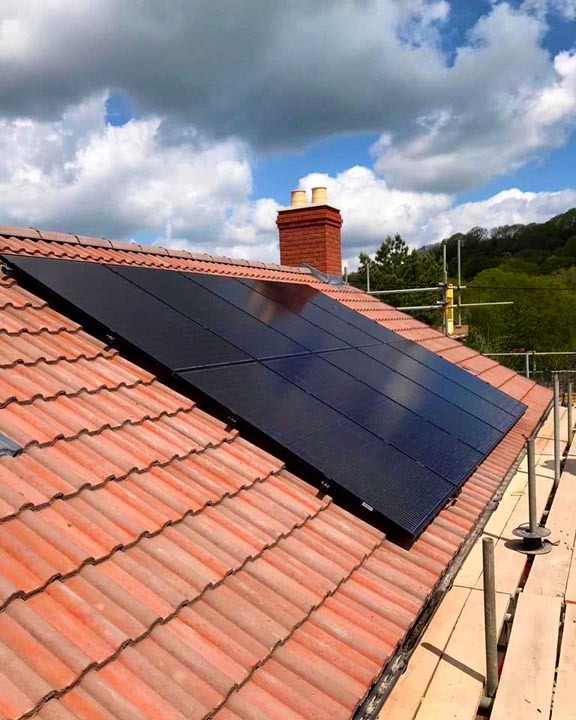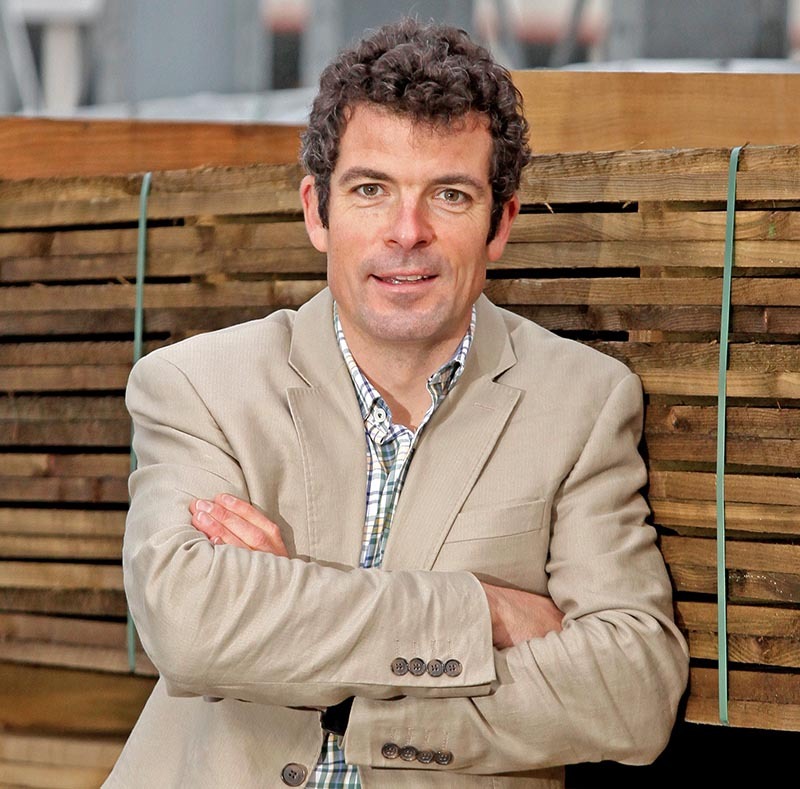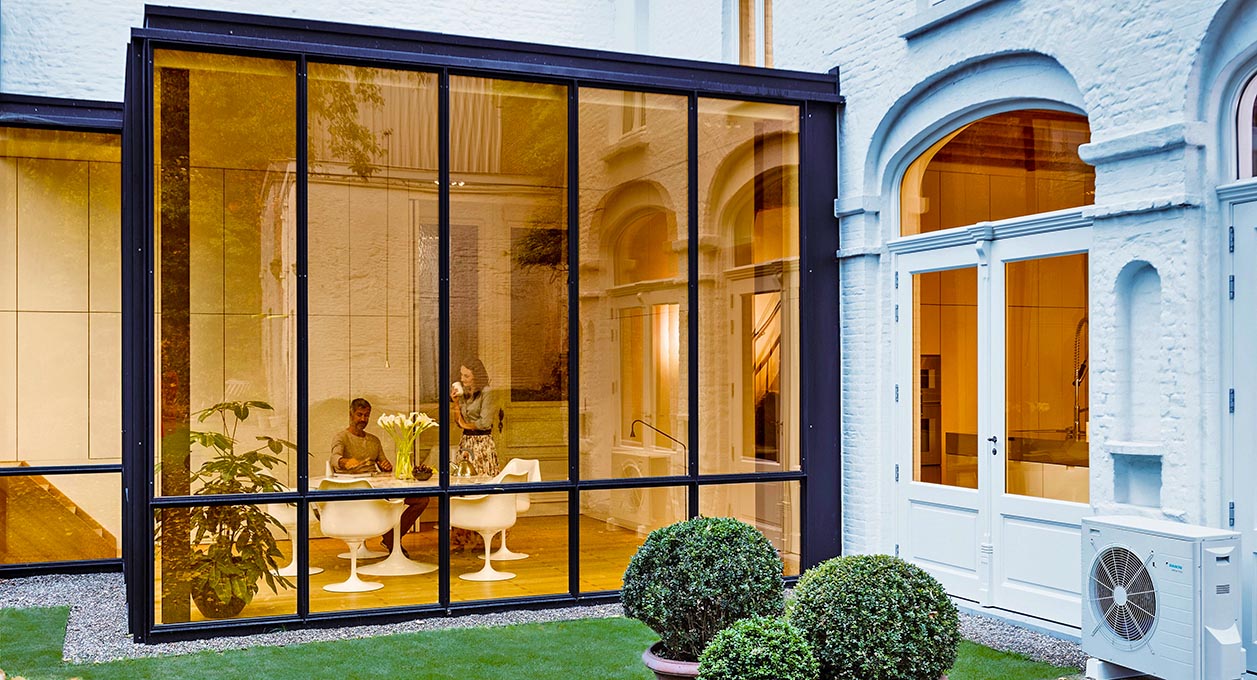If you’re serious about creating a truly sustainable build, the importance of understanding the entire supply chain when considering and making decisions about what materials, methods and products to use is critical. Bringing insight from Bradfords’ visibility of the entire supply chain we’re working with customers to help them tackle building sustainably from source to fit.
The whole carbon footprint of a new building or building project is split into that associated with the products and materials used, the construction process itself, and the through life use of the building.

What does that mean in real terms? As a rough guide, 60% of the carbon is embodied in the manufacture and logistics of materials and products. A further 10% is to the construction process itself, and 30% during the through-life operation of the building once you or the occupier is living in it.
The through-life use is obviously something that you live with every day for the duration of the time that you reside in the house. If you’re planning to build your dream home, or indeed a home that is built to last, then there’s no surprise that considerable thought is given to the efficiency and comfort of the home once it is built. It is totally understandable then that the upstream embodied carbon in the products through manufacture and transport to site – which represents the majority of the overall carbon embodied – is given less consideration when planning the build.. The choices you make on what materials to build with are made early in your project and represent a very short-term part of the overall journey you take.
If you want to get the fundamentals right from the start, know that all materials will have a history, and the positives and negatives will need to be weighed up for each. You also need to consider the design of your home, where you live and your lifestyle, all of which will have a big impact on determining what the most environmentally responsible products are.
Unfortunately, there isn’t always a clear answer as to whether or not something is a truly sustainable material. While it might be obvious that some materials cause more harm than good, there isn’t always one single product than stands head and shoulders above the rest, especially when you factor in cost and crucially that the products need to do the job.
These are the kind of factors you’ll need to take into account to establish what exactly constitutes a sustainable product:
Lifespan
How long before the product will need to be replaced? Don’t be obsolete – you don’t want to have to retrofit your dream home shortly after you complete it. And think whole house. There are lots of shiny products which have great credentials, but do they work together, and do they actually do what you want now and for the long term? Plan holistically and plan early.
Buy local
You may stumble across a product made from sustainably sourced raw materials, but if it’s being shipped from the ends of the earth, the embodied carbon created as a result of its journey to your build will tarnish the overall benefits.
Selecting a local product can have a huge bearing on the overall embodied carbon of your home both in terms of the build phase and it’s through life. Putting the right foot forward from the start and choosing a local manufacturer goes further than you think in terms reducing emissions that your materials create in their journey from the product line to your site.
There are plenty of options when it comes to UK manufacturers and many who create niche sustainable products with great performance for the job they’re intended.
Overall cost
Really think about whether or not you can afford a particular product. You need to be realistic. If you spend inordinate amounts of your budget on one green feature you might be cutting corners in the future that results in a detrimental green impact. Again, think whole house.
But look one step further. What’s the real overall cost? High-performance sustainable products often attract a higher initial cost on-shelf price, but you need to look at the cost saving for the life of the product when being used in your building. The benefits are often huge, and you should bear in mind the government incentives that either already exist or are in the pipeline when looking at the overall cost.
Recycled – and recyclable – materials
Purchasing products with recycled content obviously saves natural resources but purchasing products that are recyclable at the end of their – hopefully long – life will help save resources for the long term.
And what makes a sustainable material? Timber is usually cited as the ultimate sustainable material. At Bradfords we only source timber from suppliers who ensure that their forests are entirely sustainable; nothing is chopped down until it’s reached a certain maturity and there’s at least a like for like replacement growing. But take a look at those other products which come from natural sources and understand what the manufacturer does to mitigate the use of those resources, as well as the ancillaries like water and heat which go into the process of turning them into the products you want to use.

At Bradfords we’re working with our suppliers to ensure we understand the environmental impact of the products we offer and to explore more sustainable alternatives without compromising on quality. We’ll be making sure that our teams are given the information to be able to help you make informed choices, as well as launching our sustainability hub before the end of the year, which will be packed with information and guidance.




